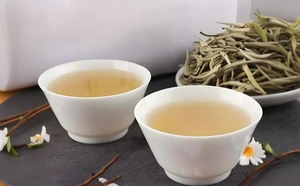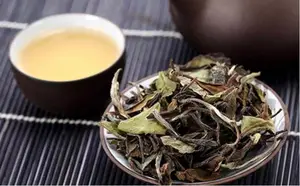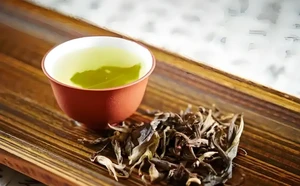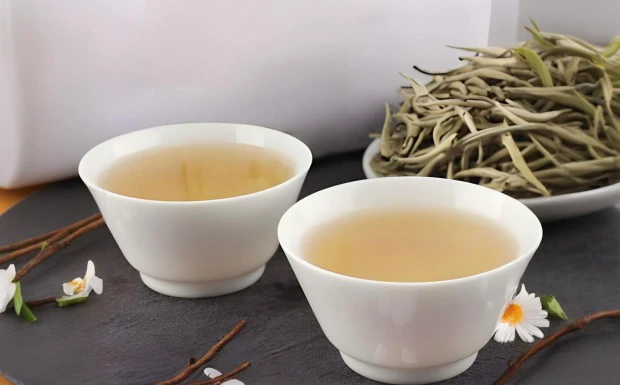

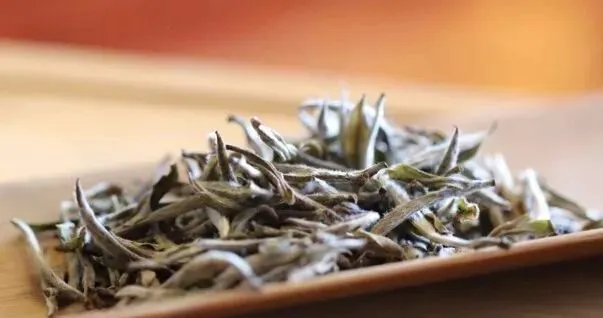
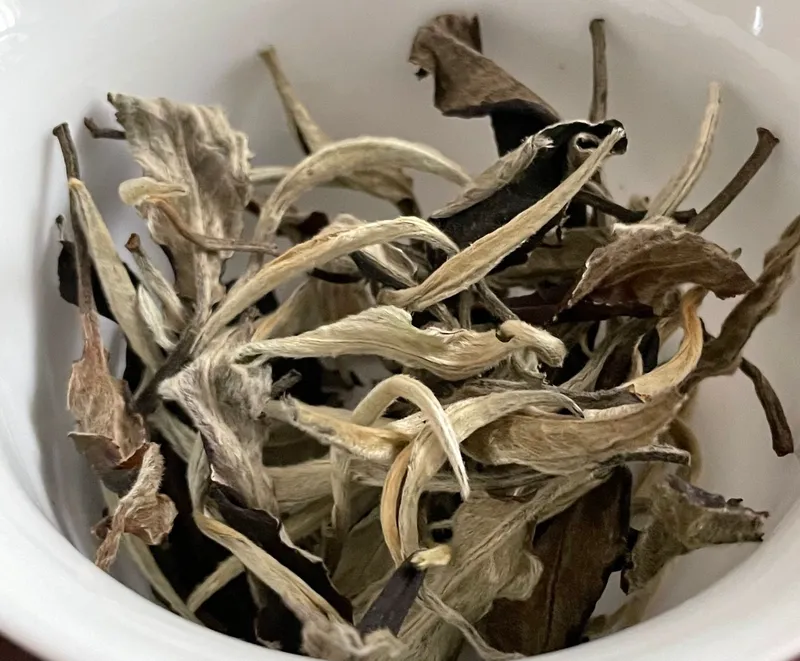
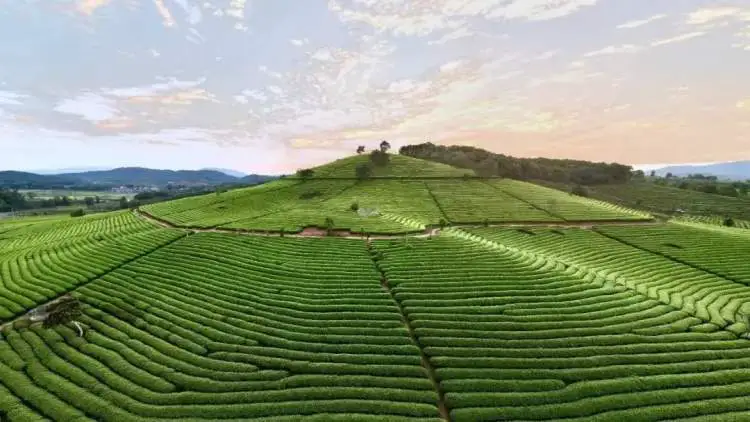
Yue Guang Bai (Moonlight White)
Origin
Yunnan
Category
White Tea
Harvest Time
Spring
Processing
Withering & Drying
Description
Yue Guang Bai, meaning 'Moonlight White,' is a distinctive Chinese white tea from Yunnan Province. Made from the large-leaf Yunnan tea varietal, it features a unique appearance with white undersides and dark green tops, offering a sweet, floral, and honey-like flavor profile.
